Autophagic cell death restricts chromosomal instability during replicative crisis
- PMID: 30675059
- PMCID: PMC6557118
- DOI: 10.1038/s41586-019-0885-0
Autophagic cell death restricts chromosomal instability during replicative crisis
Abstract
Replicative crisis is a senescence-independent process that acts as a final barrier against oncogenic transformation by eliminating pre-cancerous cells with disrupted cell cycle checkpoints1. It functions as a potent tumour suppressor and culminates in extensive cell death. Cells rarely evade elimination and evolve towards malignancy, but the mechanisms that underlie cell death in crisis are not well understood. Here we show that macroautophagy has a dominant role in the death of fibroblasts and epithelial cells during crisis. Activation of autophagy is critical for cell death, as its suppression promoted bypass of crisis, continued proliferation and accumulation of genome instability. Telomere dysfunction specifically triggers autophagy, implicating a telomere-driven autophagy pathway that is not induced by intrachromosomal breaks. Telomeric DNA damage generates cytosolic DNA species with fragile nuclear envelopes that undergo spontaneous disruption. The cytosolic chromatin fragments activate the cGAS-STING (cyclic GMP-AMP synthase-stimulator of interferon genes) pathway and engage the autophagy machinery. Our data suggest that autophagy is an integral component of the tumour suppressive crisis mechanism and that loss of autophagy function is required for the initiation of cancer.
Figures
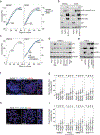
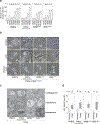

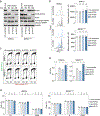
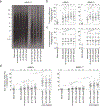

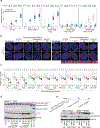
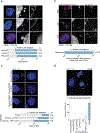
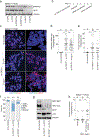




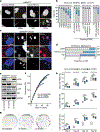
Comment in
-
Telomere crisis activates autophagic death.Nat Rev Mol Cell Biol. 2019 Mar;20(3):133. doi: 10.1038/s41580-019-0105-7. Nat Rev Mol Cell Biol. 2019. PMID: 30700812 No abstract available.
-
Expanding the Role of STING in Cellular Homeostasis and Transformation.Trends Cancer. 2019 Apr;5(4):195-197. doi: 10.1016/j.trecan.2019.02.001. Epub 2019 Feb 23. Trends Cancer. 2019. PMID: 30961826 Free PMC article.
References
-
- Wei W & Sedivy JM Differentiation between senescence (M1) and crisis (M2) in human fibroblast cultures. Exp. Cell Res. 253, 519–522 (1999). - PubMed
-
- Artandi SE & DePinho RA A critical role for telomeres in suppressing and facilitating carcinogenesis. Curr. Opin. Genet. Dev. 10, 39–46 (2000). - PubMed
-
- Steinberg ML & Defendi V Transformation and immortalization of human keratinocytes by SV40. J. Invest. Dermatol. 81, 131s–136s (1983). - PubMed
Publication types
MeSH terms
Substances
Grants and funding
LinkOut - more resources
Full Text Sources
Other Literature Sources
Research Materials

